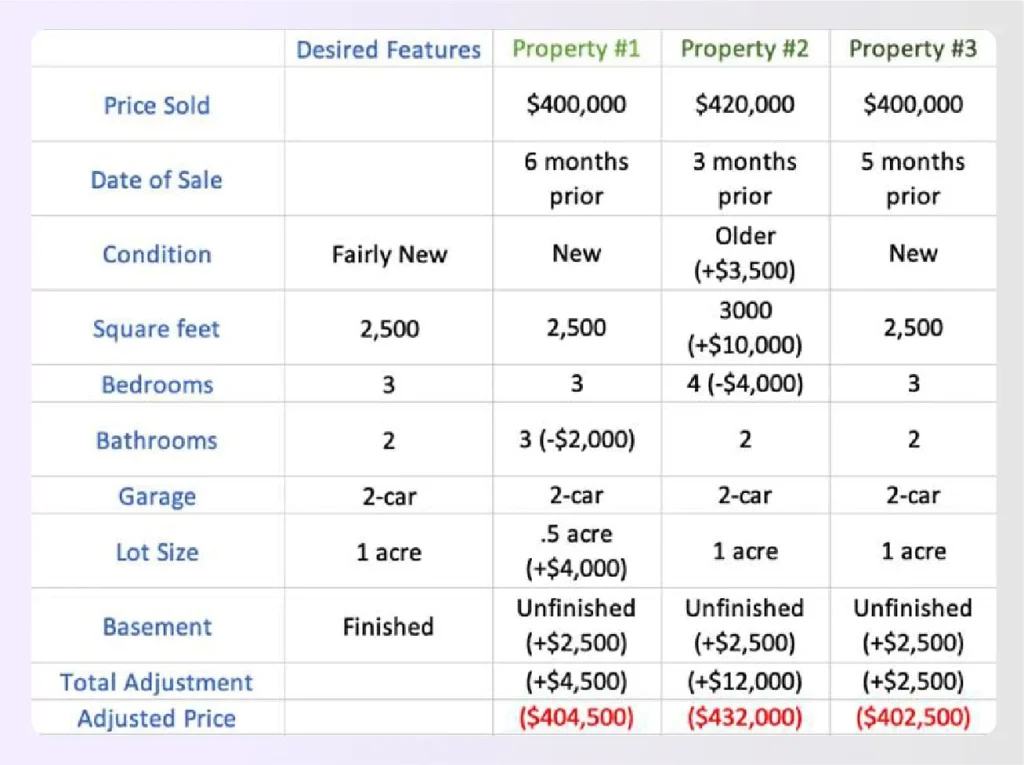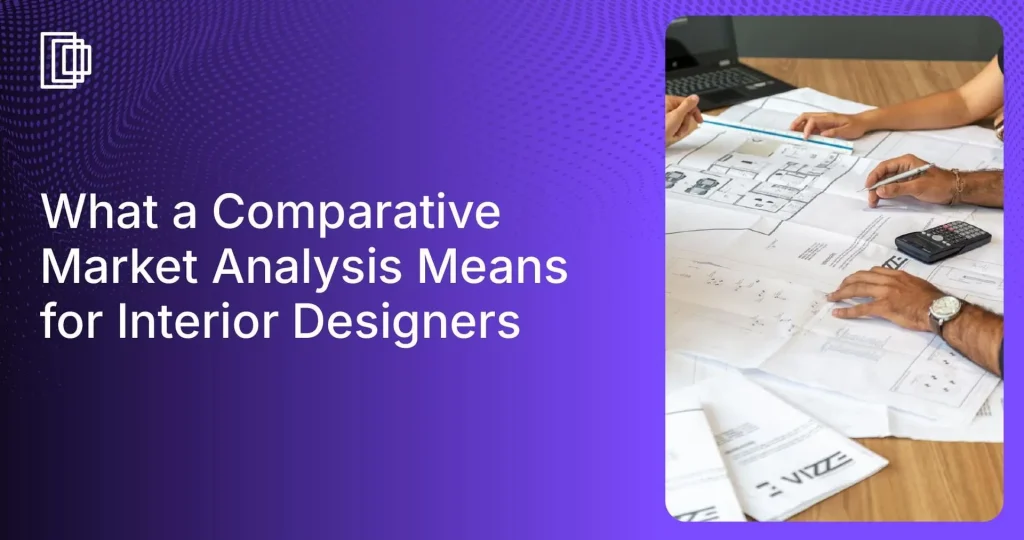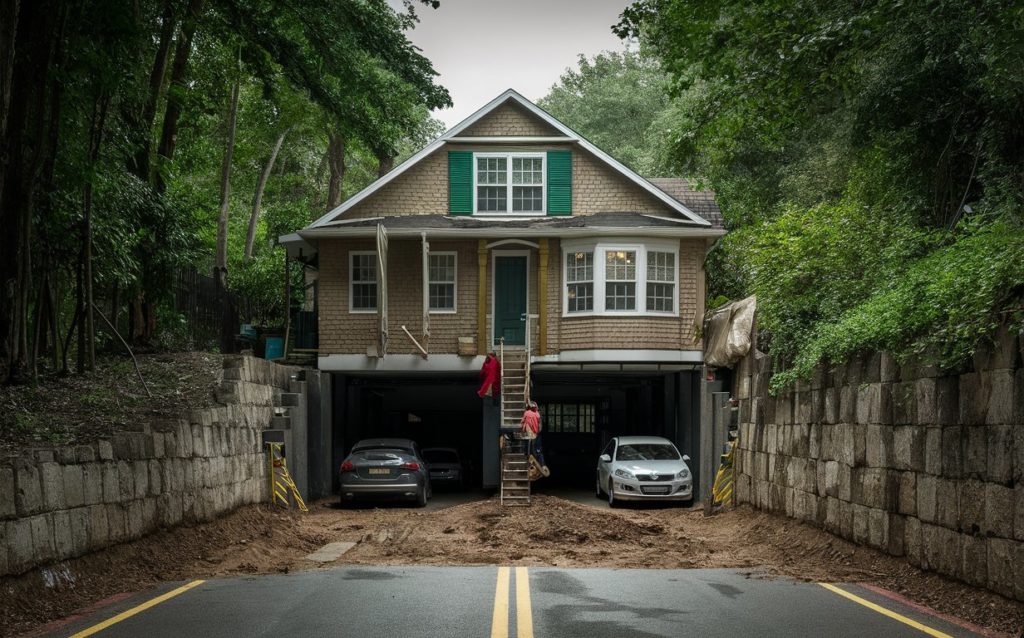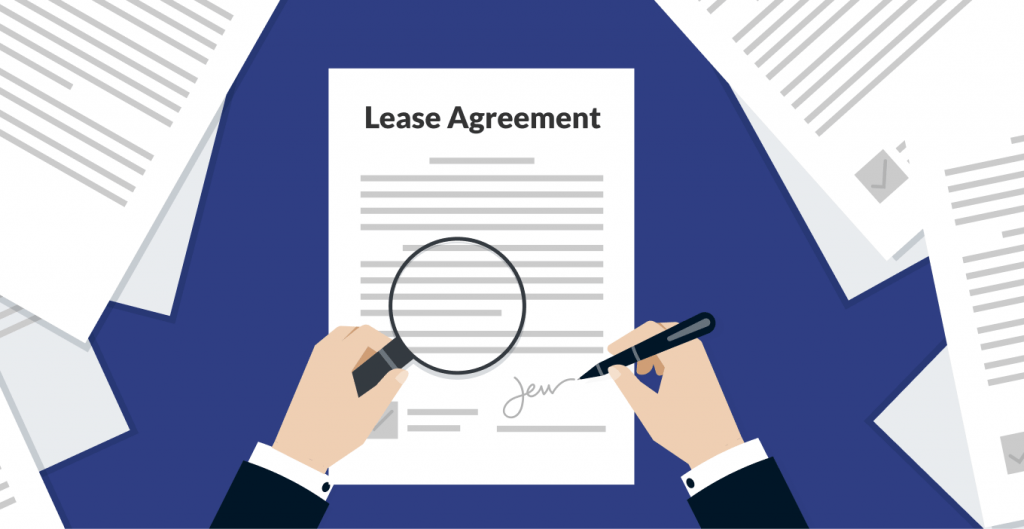As an interior designer, you know your work adds massive value. But how do you prove it in numbers? Enter the Comparative Market Analysis (CMA). While it’s typically a realtor’s tool, understanding the comparative market analysis is your new secret weapon for winning clients.
This guide covers how a comparative market analysis report can help you justify your fees, manage client expectations, and demonstrate tangible ROI on interior design projects, by proving how your work increases a property’s value.
Forget guesswork. It’s time to back your stunning designs with hard data. Let’s explore what a comparative market analysis is and how you can leverage it in the current real estate market to win bigger projects and more confident clients.
What is Comparative Market Analysis (CMA)?
A comparative market analysis (CMA) is a report that real estate agents create by pulling data on recently sold, active, and pending properties in a specific area. These ‘comparable homes’ (or ‘comps’) are all similar to a ‘subject property’ in size, age, features, and other similar characteristics.
The main goal is to determine the property’s current market value to set a fair price that will attract prospective buyers. Modern tools, such as a cloud CMA, help agents analyze data quickly. It looks at the average days similar homes were on the market and helps set a price that ensures a smooth real estate deal, rather than letting the listing go stale. Ultimately, it’s the best way to determine the true value of a home in today’s market.
For you, it’s a goldmine of data to understand current buyer behavior, what buyers really value in a home, helping you focus your design efforts on what increases property value.
Read also – What Is The After Repair Value (ARV)?

Key Factors in a CMA (And Where You Come In as a Designer)
A comparative market analysis looks into several key factors where your design expertise is crucial.
1. Square footage of the interiors and the lot size
Every subject property has an allocated lot size, which includes the house itself and the landscape, gate, and fencing. The interior of the house is measured in square footage. The valuation will vary based on the charge per square foot.
This is the baseline. A comparative market analysis compares similar-sized homes, but you know that a well-designed 2,000 sq. ft. home feels and functions far better than a poorly designed one.
Read also – Sell Your Architectural Services Better
2. Age of construction and the condition of the property
A newly constructed property will be up to the recent building code and comply with current zoning laws. However, even if a relatively new property is not up to code or in a run-down condition then the property’s market value will be a lot less as compared to recent sales of similar homes.
This is where you shine. A CMA will note the ‘condition’ (e.g., ‘dated,’ ‘renovated’), but you are the one who creates that ‘renovated’ value.
3. Amenities and upgrades that it encompasses
If the homeowner and property consultants or real estate investors endowed upgrades to improve the aesthetic appeal and the standard of living, then the value of a property will rise.
Does the kitchen have quartz countertops? Is there a spa-like master bath? These are design decisions. A comparative market analysis shows which upgrades fetch a higher price in the current market.
Read also – The Gross Rent Multiplier (GRM) in Commercial Real Estate
4. The location of the property
The comparative market analysis will also check the accessibility of the house with that of similar properties. So, if the location is close to schools, supermarkets, hospitals, and other necessities, the property’s valuation will be higher. However, if the property is located on a remote road that is not easily accessible, the comparative market analysis will show a lower home value.
You can’t change the location, but you can use design to maximize its best features, like framing a great view or creating an indoor-outdoor flow that enhances its appeal.
What Does the Comparative Market Analysis Report Consist Of?
A comparative market analysis report is broken into a few key sections, each providing different insights into the market.

Image Credit: hubspot.com
Here’s what the reports usually contain:
a) Active listings of nearby properties
These are the properties currently for sale in the market. The sales prices don’t really affect the CMA because each homeowner will set their own asking price based on their listing agent’s recommendations.
These are your current ‘competition.’ It shows what sellers hope to get. You can use this to show a client how your design will make their home stand out against these active listings.
Read also – Flood Certification on a Property
b) Pending listings of similar properties
After a certain point of time, when active listings have not been sold, they become pending listings. At this point, homeowners need to discuss with their realtors whether they need to slash prices without incurring a loss in property value.
These are homes under contract but not yet sold. They are the most up-to-date indicator of the market, showing what buyers are currently willing to pay.
c) Sold price listings
Any property that was sold within the past three months serves as comparable sales. These are the properties that homebuyers and listing agents will compare to your current property. Based on these sales and the pending listings, a licensed appraiser can determine a fair market value and listing price for your property. This data is the foundation of any good comparative market analysis.
d) Canceled and Off-market listings
The property listings that do not account for any substantial sales, end up being canceled. The cancellation may be because of various reasons that we shall discuss in a minute. The most common reason, however, is the increasingly high price as paralleled to comparable properties in the region. These listings are removed because they do not appeal to buyers and yield no results.
These are often properties that were priced too high or showed poorly—a perfect example to show clients what doesn’t work. A good design can prevent a listing from ending up here.
Read also – What is a Commercial Lease Agreement?
How Designers Can Use a CMA to Win Clients and Prove ROI?
This data isn’t just for realtors. You can use the insights from a comparative market analysis to position your professional interior design services as an investment, not an expense.
Justify Your Design Fees with Data
Stop having awkward budget talks. Use a comparative market analysis to show that renovated homes (like the one you are proposing) sell for 15% more. Your fee is a small fraction of that profit. When you present this data alongside your initial design concepts from Foyr, you are presenting a clear business decision. This data helps you with confidence.
Create a ‘Visual CMA’ with 3D Renders
A CMA report is just numbers. You can show the ‘after’ value. Use an interior design software like Foyr to create stunning 3D renders of your design. Place this render next to a ‘before’ photo or a dated ‘comp’ from the CMA. This is your visual CMA, and it’s incredibly persuasive.
Guide Client Budgets Realistically
Clients often want a $100k-level renovation on a $20k budget. A comparative market analysis helps ground them. You can show that the ‘comps’ with the high-end finishes they love all invested significantly, which is why they sold for more. You can then use Foyr’s vast 60,000+ 3D model catalog and expert interior design strategies to value-engineer the design, showing them in real time how to achieve that high-end look while staying within a budget that still makes sense for the property’s value.

Image Credit: pestleanalysis.com
Use CMA Data and Foyr to Prove Your Design’s Worth
Understanding a comparative market analysis shifts your client conversation from ‘This will look beautiful’ to ‘This will earn you more.’ You are no longer just a designer; you are a strategic partner in maximizing their home’s property value. This data-driven approach builds trust and respect.
This is where data meets design. Use Foyr Neo to bring the potential seen in the CMA to life. You can that show exactly how your design transforms a dated ‘comp’ into a premium listing. This visual proof is the key to demonstrating the ROI of interior design.
You have the vision. The comparative market analysis provides the proof. And Foyr provides the platform to connect the two. Stop guessing and start showing your clients the undeniable financial impact of great design. Ready to prove your worth?
Start your 14-day free trial of Foyr Neo today and turn data into stunning, high-value designs.
Frequently Asked Questions
1. Is a Comparative Market Analysis better than an appraisal?
Not better, just different. A formal appraisal is a formal, detailed valuation by a licensed appraiser, often required by mortgage lenders (like for a mortgage). A CMA is a realtor’s (or your!) tool to determine a listing price based on current market conditions. An appraisal is more official; a CMA is more of a real-time snapshot.
2. Do realtors charge for a Comparative Market Analysis?
Generally, no. Most realtors offer a CMA as a free service when they are trying to win your (or your client’s) business as a listing agent. It’s a key part of their marketing and client acquisition process to demonstrate their expertise and local knowledge of the market.
3. Is CMA a reliable way to price a home?
Yes, an accurate CMA is highly reliable if the ‘comps’ are chosen well. A good CMA uses properties that are very similar and sold very recently, reflecting current market conditions and recent trends. It’s the standard method used by real estate professionals everywhere to peg a home’s value to the current market demand.
4. Can a homeowner do their own CMA?
A homeowner can try by looking at public portals like Zillow, but they won’t have access to all the data realtors do (like pending sales or agent-only remarks on why a home sat on the market after multiple open houses). They might also incorrectly compare homes, focusing only on the number of bedrooms without weighting other factors. Their bias can also skew the results. A professional CMA is almost always more accurate as it bases the property valuation on the local market trends to determine a competitive listing price.










